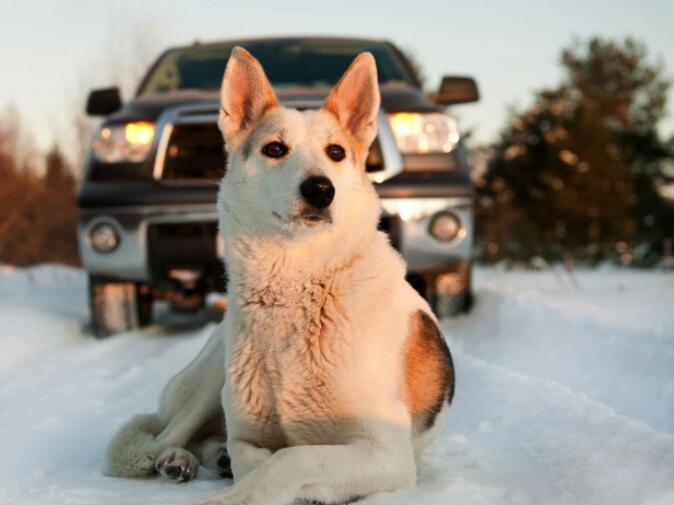The cost of tumor removal for dogs can vary significantly, ranging from a few hundred dollars to tens of thousands, depending largely on the size, location, and nature of the tumor. Dr. Gary Richter, founder of Ultimate Pet Nutrition and owner of Holistic Veterinary Care in Oakland, emphasizes that these factors play a crucial role in determining the overall cost.
Factors Affecting the Cost of Tumor Removal in Dogs
The financial implications of tumor removal in dogs are influenced by several key factors:
Size of the Tumor: The larger the tumor, the more complex the procedure, potentially requiring an operating room rather than an in-office treatment.
Type of Tumor: Malignant and benign tumors require different approaches, affecting the overall cost.
Location of the Tumor: Masses on the skin’s surface are less complicated than those near or on internal organs, which may also necessitate pre-surgical imaging like X-rays and CT scans.
Surgeon’s Qualifications: The price will differ based on whether a general veterinary practitioner or a board-certified veterinary surgeon performs the procedure.
What’s Included in the Cost?
Dr. Amy Attas, founder of City Pets in New York City, suggests requesting an itemized bill before the procedure to understand its comprehensive cost. This should include:
- Anesthesia with appropriate monitoring
- Use of the operating room and materials
- Biopsy
- Any treatments associated with the procedure
Richter notes that estimates typically cover anesthesia, surgery, and immediate aftercare. However, each hospital has its policy on consultations and follow-up visits, so it’s essential to clarify if they’re included.
Potential Additional Costs
Attas warns that hospitalization, take-home medication, and rechecks are usually not included in the surgery cost. Pre-surgical consultations and post-surgical care are often separate, so asking about these is vital to avoid unexpected expenses.
Is Surgery Always Necessary?
The necessity of tumor removal depends on the mass type. Some benign tumors don’t affect life quality or longevity, while others are critical. Tsang advises considering the tumor’s impact on the dog’s comfort; masses causing pain or discomfort may require removal regardless of their nature.
Recovery Process
Post-surgery recovery varies with the extent of the procedure. Minor surgeries may have quicker healing times, while more complex ones might need weeks of hospitalization and rehabilitation. Proper aftercare is crucial for healing, including keeping dogs from licking or chewing the incision site, often achieved with an e-collar or mild sedatives.
Preventive Measures for Canine Tumors: A Comprehensive Guide
The specter of tumors in dogs is an unnerving reality that many pet owners grapple with. While the influence of genetics in canine tumor development cannot be entirely mitigated, there are several preventive measures that responsible pet owners can undertake to minimize the risk. This comprehensive guide sheds light on these measures and provides insights into the early detection of tumors.
Preventive Measures
1. Spaying and Neutering:
Scientific evidence suggests that spaying female dogs at a young age can significantly reduce the likelihood of mammary cancers. Similarly, neutering male dogs when they are young can prevent testicular cancer. These procedures not only thwart specific cancers but also contribute to a general reduction in the risk of tumor development.
2. Nutritious Diet:
A balanced, fresh, whole food diet is paramount in maintaining your dog’s overall health, thereby reducing the susceptibility to tumors. Quality nutrition boosts the immune system, providing a robust defense against abnormal cell growth.
3. Regular Exercise:
Physical activity is not just beneficial for maintaining a healthy weight; it also helps in preventing various types of cancer in dogs. Regular exercise promotes good circulation, aids digestion, and enhances the immune system.
4. Stress-Free Lifestyle:
Stress has been identified as a contributing factor to various illnesses, including cancer. Ensuring that your dog leads a stress-free life can significantly lower the risk of tumor development.
5. Routine Veterinary Check-Ups:
Regular visits to the veterinarian for check-ups are crucial. Annual or semi-annual wellness exams, including blood work, can help detect any abnormalities before they escalate into more serious issues.
Early Detection
1. Routine Palpation:
One of the most effective methods for identifying tumors is through routine palpation. By rubbing your dog all over, you can detect any lumps or bumps that may signify the presence of a tumor.
2. Monitoring Masses:
If you notice any masses on your dog, it is advisable to keep detailed notes on their size and color. Any changes in these characteristics could be indicative of a more serious condition.
3. Proactive Approach:
As soon as you identify any unusual lumps or masses, it is imperative to consult your veterinarian. Early detection can often mean a better prognosis and treatment outcome.
Cancer Statistics in Dogs
According to the School Of Veterinary Medicine at the University Of Wisconsin-Madison, cancer is the leading cause of illness and death in the aging dog population. Approximately one in every three dogs is affected, with around 6 million new cancer diagnoses made in dogs each year.









